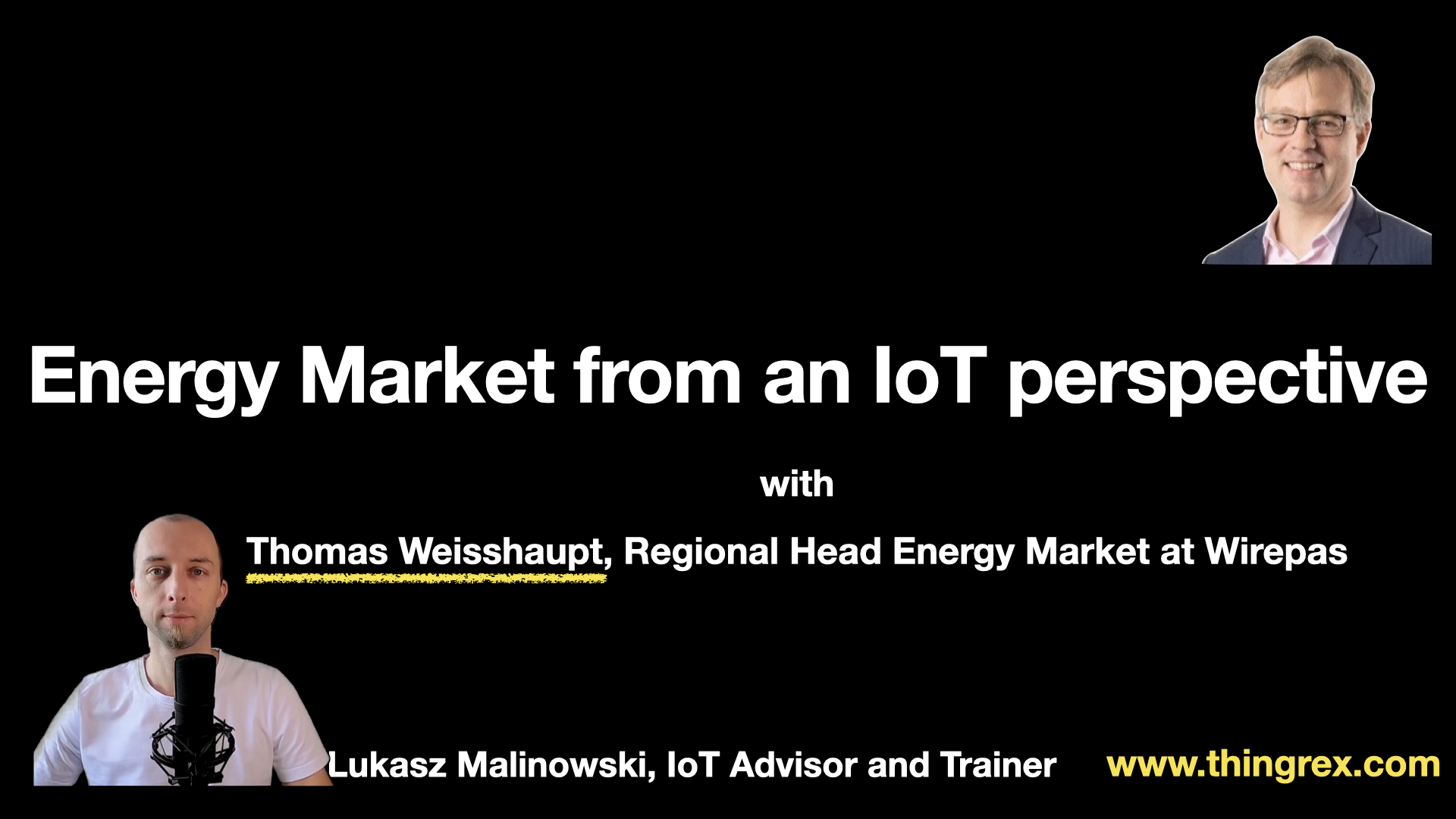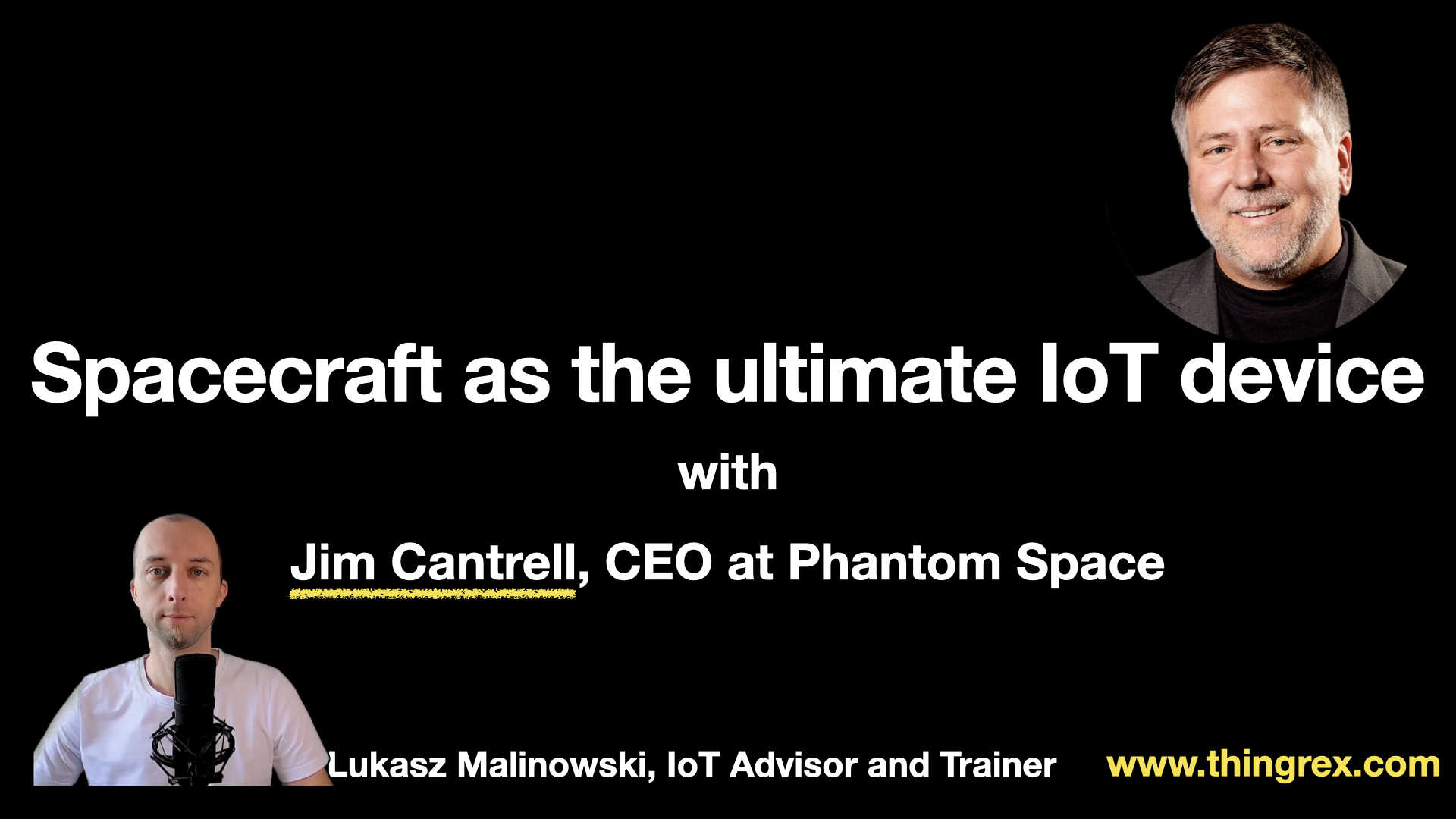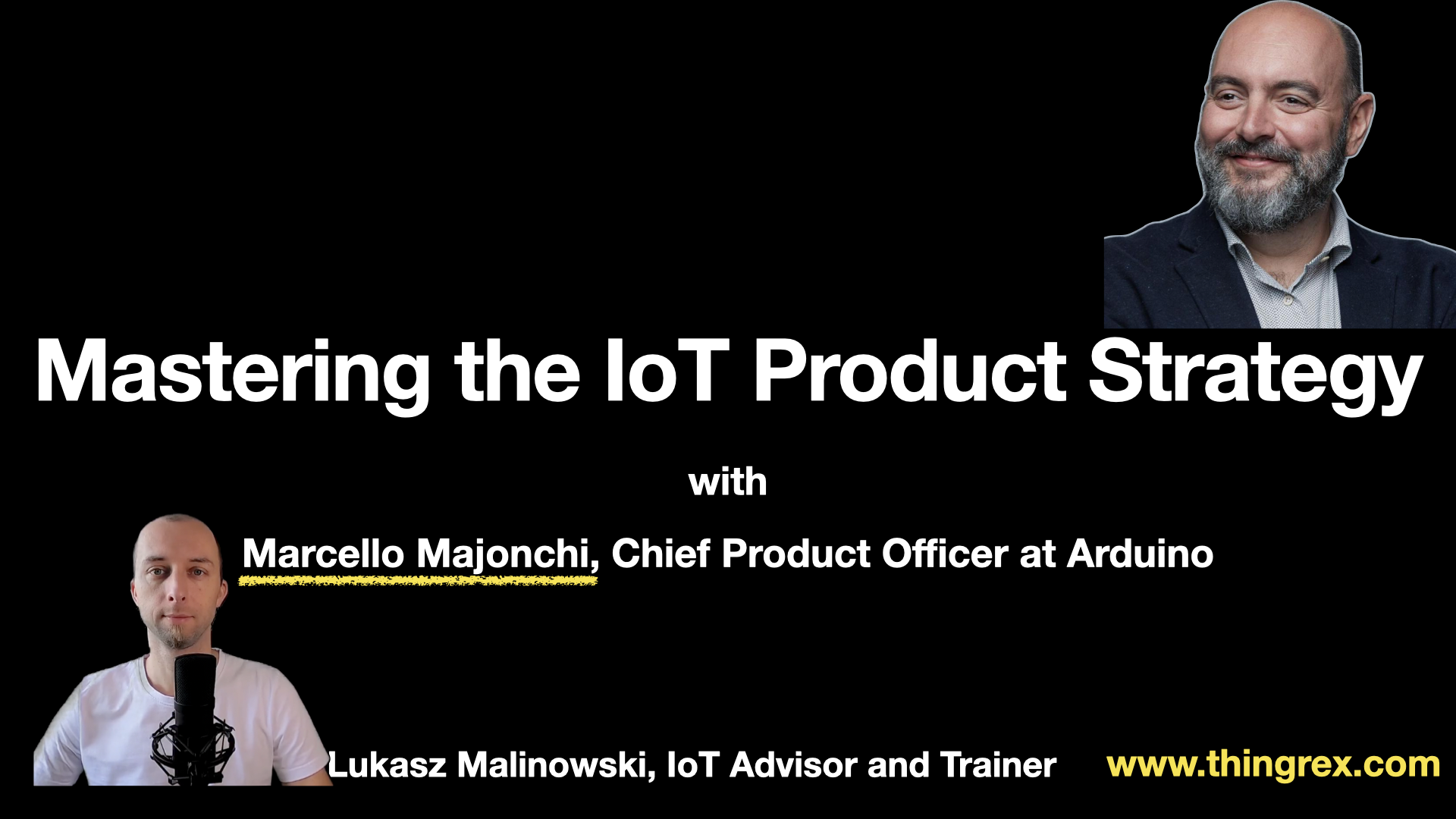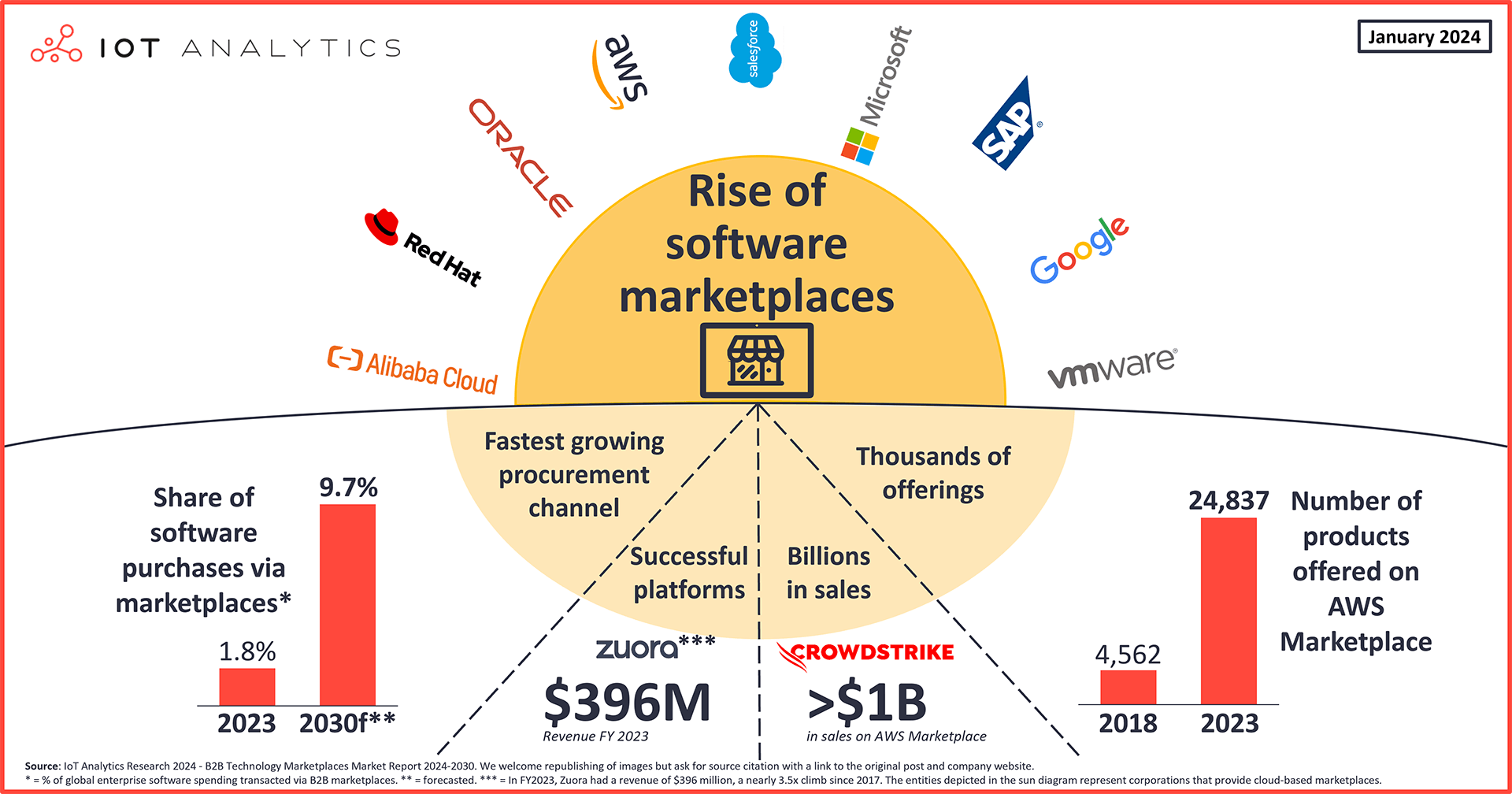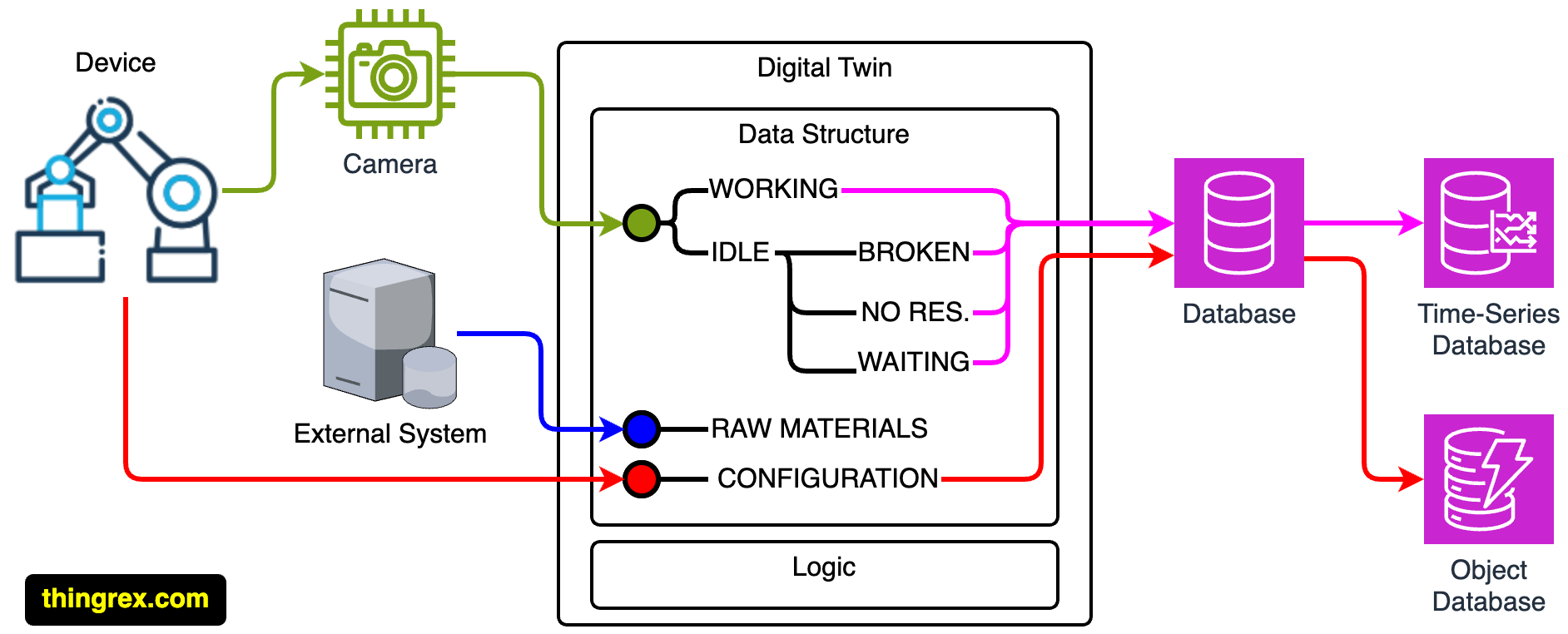Energy Market from an IoT perspective - with Thomas Weisshaupt, Regional Head at Wirepas.
Introduction Modern Energy domain joins adaptive mesh networks, blockchain, and smart devices.
We cover several interesting topics during this conversation with Thomas Weisshaupt, Regional Head Energy Market at Wirepas.
Thomas explained why focusing on the core competency is crucial as the IoT vendor participating in the intelligent solutions ecosystem.
We elaborated on the importance of a business application and suitable technical stack.
My guest clarified why decentralized solutions make the energy system more efficient, less expensive, and less vulnerable.


